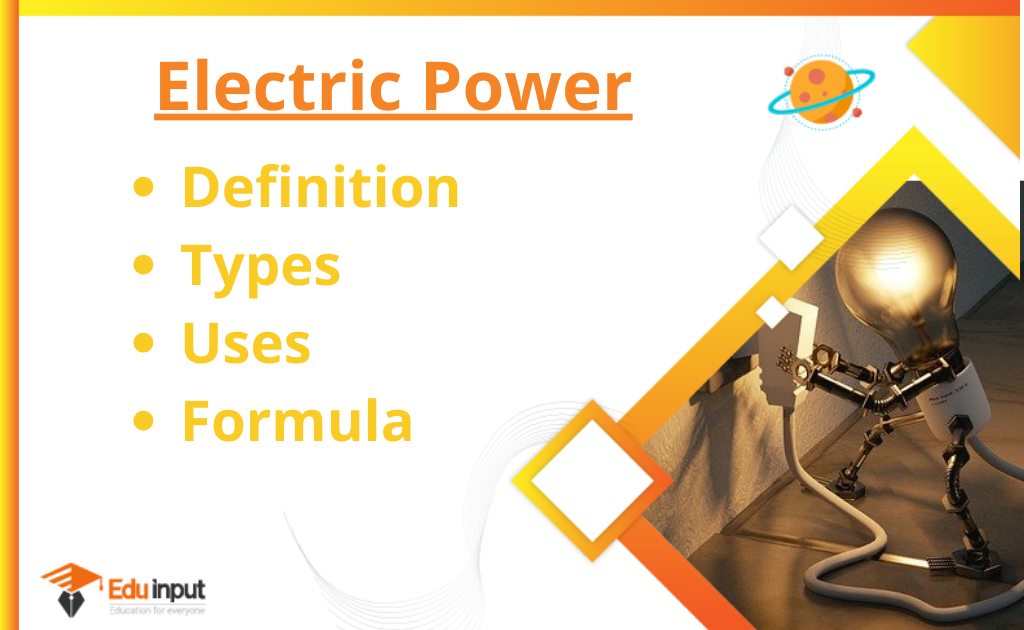What is a Shunt Reactor?-Definition, Types, Construction, And Uses
In high-voltage energy transmission systems, shunt reactors are used to control the voltage during load variations. Reactors can be switched on or off to provide power compensation depending on the requirement.
What is a Shunt Reactor?
A shunt reactor is an electrical device that is used in high-voltage power transmission networks to maintain the voltage across load differences. The rating of a conventional shunt reactor is fixed and always linked to the transmission line based on the load. The concept of a shunt reactor is that it acts as a reactive power absorber in an energy system, increasing the efficiency of the system.
In high-voltage transmission lines and cable systems, it is a small device that is used to compensate for reactive power. It can be connected directly to the power line or the transformer’s tertiary winding. A circuit breaker is used to permanently connect or switch this reactor.
In high-voltage energy transmission networks, shaven reactors are used to manage voltage overload differences. The reactive power compensation will be based on the requirements for the reactor.
Construction of a Shunt Reactor
The reactor is used to compensate for the transmission line’s reactive power. The design of the shunt reactor may be different from one designer to another. The only difference between the two is that the power transformer has only one winding.
In the star model, the windings of these can be joined by reaching the neutral point. It is possible to connect the neutral point to install an earthing system throughout the power transformer’s tertiary winding.
The precautions and accessories used in this reactor are the same as those found in power transformers. Especially in an oil-immersed type reactor where the oil pressure in the relief valve as well as the air breather must be emphasized.
They only have one winding per phase, as previously stated, and they are similar to power transformers. The neutral point is connected to those three windings by a star. The neutral point can either be connected to the installation’s earthing system via the tertiary winding of the power transformer or directly.
Types of Shunt Reactor
There are two categories of shunt reactors,
- Dry Type Shunt reactor
- Oil-Immersed Type
Dry Type
A Dry-type shunt reactor is usually limited to a voltage of 34.5 kV. It is usually applied to the transformer’s third winding, which is connected to the compensated transmission line. These are Reactors that are open to the atmosphere and are suitable for indoor or outdoor use.
In most cases, the natural convection of ambient air is used to cool the unit, with windings arranged to enable the flow of air between turns and layers. These twists and layers are mechanically supported by bracing elements, but other materials such as glass, concrete, and ceramics are used as supports.
To provide insulation to the ground and support the reactor, Reactors can be built as single-phase units and set over insulating pedestals/base insulators.
It is important to keep sufficient distances from closed metallic loops because they will generate heat, losses, and arcs at joints. Shielding is necessary when it is not possible to build dry-type units in an equilateral-triangle arrangement that is isolated from external magnetic forces. The advantages of a dry-type reactor over an oil-immersed type include lower weight, lower cost, lower losses, and lower maintenance.
The main disadvantages are the voltage rating limitations and high-intensity external magnetic field. When the reactor is turned on it doesn’t have an iron core and there isn’t a current of inrush current.
Oil-Immersed Type
Both the coreless and gapped iron-core configurations of this reactor are available. The parallel arrangement of the reactor inductance and line capacitance results in long-term steady currents with low- Frequency throughout de-energizing. When compared to the coreless kind, the gapped iron-core design has a more severe inrush.
Most coreless shunt reactor designs have a magnetic shield around the loop to keep the flux in the tank. In most cases, the steel core leg creates a magnetic flux lane by connecting the loop of the power transformer to the support structures. This type of design will produce an inductor that has a linear function.
Applications of Shunt Reactor
It is used to improve the efficiency of power and energy systems because it absorbs and compensates the reactive power in transmission lines and cables. Increasing the system’s energy efficiency is achieved by it being a reactive power absorber.
It can be used in a number of different systems. The current network state as well as the voltage in the network can be dynamically adjusted by the variable shunt reactor. It is utilized to improve network stability as well as provide continuous voltage regulation in low-load or no-load operations of the lines. The quality of the power as well as the voltage stability can be improved with the use of these.







Leave a Reply